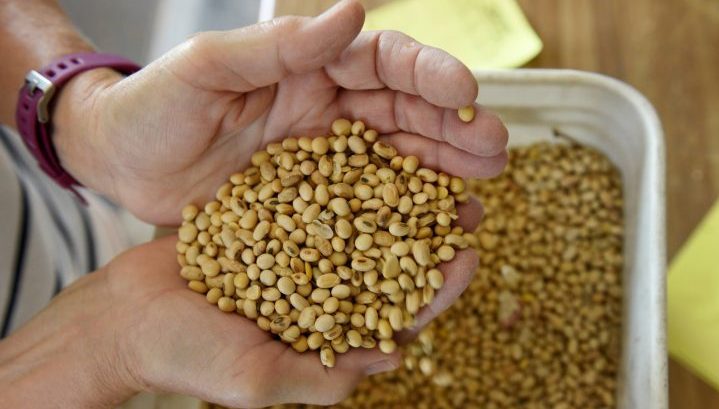Changes to the 2020 Crop Insurance Program will help promote soybean production in Saskatchewan, agricultural advocates say.

The Saskatchewan Crop Insurance Corporation (SCIC) announced the insurable region for soybeans is expanding throughout the province — based now on a soybean producer’s individual insured history and not the regional average.
“We are pleased with this year’s improvements and the ongoing commitment toward Saskatchewan agriculture,” said Norm Nordgulen, Saskatchewan Association of Rural Municipalities’ Division 2 director.
“As we continue to see diversification throughout the industry, this year’s changes to soybean coverage, along with last year’s forage and weather-based enhancements, speaks to the relevancy of SCIC’s programs.”
Irrigation coverage to soybean producers is also available through the new changes to this year’s Crop Insurance Program.
“With the interest we have seen in expanding the industry in the province and the province’s growth plan, including expanding irrigation by 85,000 acres in the next 10 years, changes like this help an industry to grow to its potential in Saskatchewan,” said Aaron Gray, Saskatchewan Irrigation Projects Association chairman.

Get breaking National news
“Including soybeans in the Enhanced Irrigation Program will be of benefit to irrigators. Saskatchewan irrigators can now make their decision on crop rotation based on their operations and not be penalized.”
This year’s Crop Insurance Program will also see Saskatchewan producers continue to access high coverage while seeing a decrease in premiums.
Crop insurance coverage averages $224 per acre — decreasing from $230 per acre in 2019.
Premiums are dropping to an average of $7.40 per acre — down from $8.61 per acre in 2019.
“Our hardworking farmers have faced difficult weather throughout 2019 and we are committed to help them manage these risks,” said Marie-Claude Bibeau, federal agriculture and agri-food minister.
“Through the Saskatchewan Crop Insurance Program, we are helping give Saskatchewan farmers the tools needed to deal with unpredictable weather, so they can continue producing high-quality food for the world, while supporting our communities and livelihoods.”
In 2019, dry conditions “challenged summer growing and wet conditions, coupled with an early snowfall, delayed harvest.”
The province said 1.3 million insured acres were left out over winter with an estimated $350 million in claims among producers.
SCIC is also enhancing the Vegetable Acreage Loss Insurance Program — updating the insured value of vegetable crops to better reflect production costs.
Asparagus is being added as an eligible crop, as well. Premiums and coverage are also being updated using information from organic customers.
The deadline to select insured crops and coverage levels or make additional changes to their crop insurance contract is March 31, 2020.








Comments